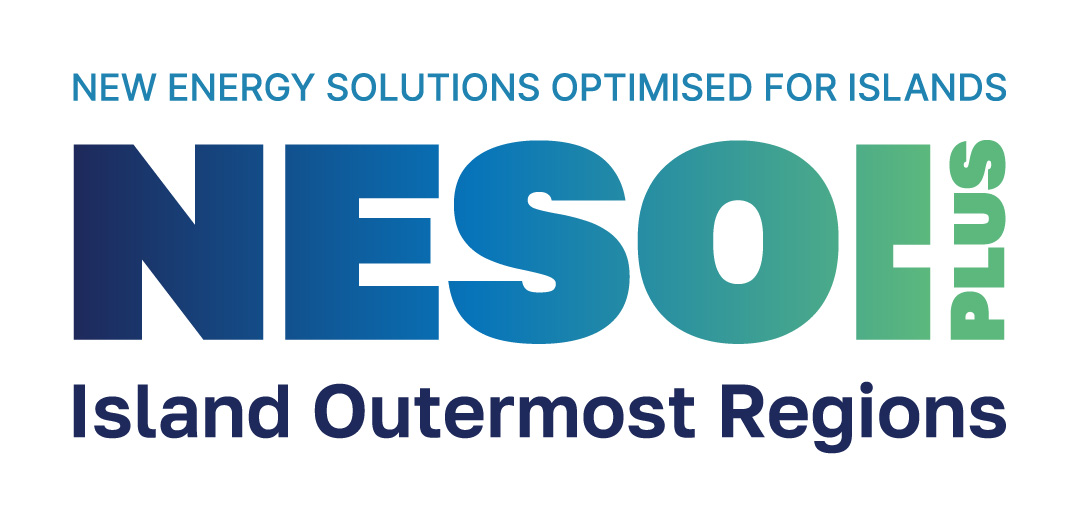Floating solar power generation for cleaner water system operation on Cres-Lošinj archipelago (CREATOR) is a project supported by NESOI European Islands Facility, managed by our partners from Wolf Theiss, and promoted by Vodoopskrba i odvodnja Cres Lošinj (VIOCL).
What is CREATOR?
The project was initiated by ViO, a water pumping company, considering the installation of photopanels on Lake Vrana to reduce its electricity consumption. The lake area, which is a large, uncultivated area, is suitable for a 500 kW power plant. The panels will serve as a shadow, reducing water evaporation and cooling with water temperature. The panels will serve as a shadow, reducing water evaporation and cooling with water temperature. ViO’s director chose the sun's energy for its ability to overcome large amounts of water and high altitude. The wind, which is either absent or too strong, is also deemed insufficient for the project. The project aims to make water pumping greener and reduce the need for reversible hydroelectric power plants.
Vrana lake, located on the Cres Island, is the only source of fresh water in the Cres-Lošinj archipelago. CREATOR studies the possibility to install floating solar panels on the lake for self-consumption, opening new opportunities for scaling up solar generating capacity. It is expected that the energy will be consumed at the production location, thus relaxing the grid capacity and enabling more secure transmission of energy to the nearby islands Ilovik, Unije and Susak.
Local stakeholders can participate as contractors in the tender process, potentially saving the wider community by maintaining existing water supply and drainage service prices. The introduction of a technology owned by VIO could potentially prevent an increase in electricity prices for water supply and drainage services, as they have previously experienced an increase in electricity costs.
Other European islands with similar water resources will benefit from solutions demonstrated at the Cres-Lošinj archipelago. The proposed technology will be accepted by the communities on other islands as it contributes to the energy self-sustainability as well as water resources preservation. Both of these resources are essential for the overall development of islands and the proposed technology offers a suitable solution for islands with their own water resource. There are also extensive opportunities for replication of the proposed technology on the mainland. The technology can be installed on numerous lakes, reservoirs or hydropower accumulations with the emphasis on the areas with high solar irradiance. In these areas, the evaporation effect is the strongest. With the implementation of the floating PV, the evaporation effect will be reduced while, at the same time, renewable energy production will be enhanced.
CREATOR: floating photovoltaic (FPV) technology overview
A small but growing share of the global capacity comes from a dedicated type of solar PV installation – those floating on water bodies. Compared to the traditional (rooftop and ground-mounted) PV market and to other renewable energy applications, FPV is a relatively young niche, which only started to gain traction in the past decade.
The first recorded FPV projects were built in 2006-2007, with small pilot installations, mainly for research purposes or for self-consumption in California, Spain, Italy and Japan. The size of these projects ranged from 10 to 100 kWp. Despite these early installations, the FPV market only started to take off between 2012 and 2015, mainly thanks to the entrance in the market of dedicated FPV structure manufacturers. After 2015, a sharp increase in the number and average size of FPV projects was recorded, especially due to the Top Runner incentive scheme in China, which pushed the global installed capacity of FPV from less than 100 MW in 2015 to pass the threshold of 1 GW in 2018.
Since then, the interest in FPV and the number and size of FPV projects has grown globally, with an estimated global installed capacity in April 2022 of more than 3 GWp, less than 1% of the total PV capacity. The Asia-Pacific region still retains the record for highest installed capacity, with more than 2.7 GWp installed, with China in the lead, followed by the European continent with more than 250 MWp, of which more than 200MWp is in the Netherlands.
Expected local grid benefits
Low voltage values are characteristic for the observed distanced parts of the radial distribution network. Pumps that are used for pumping water from Vransko lake are contributing to this issue. Installation of floating PV plant will contribute to the stabilization of voltage levels and ensure that the pumps consume locally produced energy. Distanced islands Ilovik, Susak and Unije depend on the electricity from Lošinj and Cres, thus the positive impact will be made on these islands as well.
How does NESOI support this project?
The European Islands Facility (NESOI) aims to unlock the potential of EU islands to become the locomotives of European Energy Transition. To do so, NESOI aims to mobilize more than €100 million of investment in sustainable energy projects to give EU islands the opportunity to implement energy technologies and innovative approaches, in a cost-competitive way.
More specifically, NESOI has provided the following support to the project:
- Pre-feasibility study: analysis of possible technological options; analysis of regulatory, environmental, social, economic and financial constraints; analysis of available business models and project financing model options; FPV supplier market analysis; definition of steps for project implementation and risks
- Design study: definition of FPV powerplant (exact location, sizing, nominal panel voltage, nominal frequency); definition of optimal technological solution; general definition of conceptual project design
- Feasibility study: assumption book; financial modelling; economic analysis ; impact assessment on energy, social and economy sectors; assessment of existing procurement options
- Grid impact assessment study: existing vs planned electrical grid state, solution for grid connection, analysis of power flow and safety in affected zone
- Environmental impact assessment study: Definition of the required environmental permitting procedures
- Action plan
READ MORE INFORMATION IN THE DEDICATED PROJECT BROCHURE


